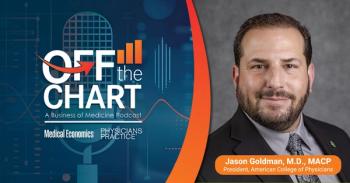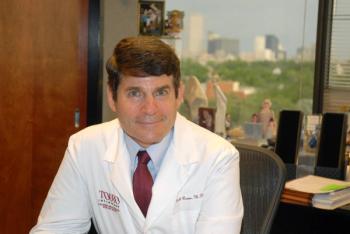
Unlocking the hidden potential in your medical office investment
Evidence‑based medical office design turns your practice into a patient‑centered, profit‑generating engine by boosting workflow, satisfaction, and value‑based care performance.
For many physicians, the strategic importance of their medical office is often overlooked. More than just bricks and mortar, your medical office is the engine of your practice, driving both patient care and profit. A well-designed office space does more than function efficiently—it transforms how care is delivered, reduces staff turnover, and significantly boosts your bottom line. Recognizing and optimizing every aspect of your office, from its strategic location to the flow of patient traffic and the subtleties of its layout, is essential for turning this overlooked asset into a cornerstone of your financial success.
Incorporating Evidence-Based Design (EBD)
Evidence-Based Design (EBD) focuses on creating healthcare environments that are scientifically proven to improve patient outcomes, staff efficiency, and safety. By integrating EBD into the medical office design, physicians can directly impact their practice's effectiveness and patient satisfaction.
- Patient-centered layouts: Designing patient areas to minimize stress and promote healing can significantly enhance patient satisfaction—a key metric in value-based care models. Features like natural light, calming colors, and noise-reducing materials can contribute to faster recovery rates and reduced readmission rates.
- Efficient workspaces: Efficiently designed staff areas reduce fatigue and enhance productivity. Ergonomic workstations, logically placed equipment, and streamlined workflows reduce time wastage and improve the overall efficiency of care delivery.
- Safety, efficiency, and infection control through design consistency: Using Evidence-Based Design (EBD), we standardize exam room sizes and layouts to enhance operational efficiency and minimize medical errors. This uniformity not only simplifies workflows for caregivers but also improves patient safety by reducing the likelihood of falls or injuries. Additionally, consistent room designs support effective infection control practices, essential for maintaining a clean and safe environment. These strategic design elements substantially improve patient outcomes by optimizing both safety and efficiency.
Enhancing Value-Based Care through EBD
Value-based care models prioritize patient outcomes and satisfaction, which directly affect reimbursement rates under these models. By designing an office that enhances patient experiences and outcomes, physicians can improve their performance on value-based care metrics, such as patient satisfaction scores and outcome measures. This improvement translates into higher reimbursements and bonuses for quality care delivery.
External factors affecting medical office ROI
In addition to internal office design, several external factors critically influence the functionality and accessibility of a medical office, directly impacting patient satisfaction and practice profitability:
- Accessibility and traffic flow: Easy access to the office from major roads and minimal traffic congestion can reduce patient stress and lateness, improving satisfaction and increasing the number of timely appointments.
- Adequate signage: Visible and clear signage not only assists in easy navigation but also enhances the professional appearance of the practice, contributing to first impressions and patient confidence.
- Sufficient parking: Ample and convenient parking is essential for patient accessibility, reducing late arrivals and no-shows due to parking difficulties.
- Building condition and aesthetics: The external and internal condition of the building conveys a message about the quality of care. A well-maintained facility can enhance patient trust and comfort.
- Local area and services: Proximity to pharmacies, hospitals, and other health services can increase convenience for patients and may lead to partnerships and referrals.
Considering a sew office space
If your current office does not support optimal practice operations or patient care, it may be time to consider a new space. Key indicators that a new office might be necessary include:
- Lack of space for new services: If your current setup cannot accommodate emerging services such as telehealth or specialized treatment areas, it may limit practice growth.
- Inadequate technology integration: An office that cannot support new medical technology may hinder your ability to provide state-of-the-art care.
- Poor layout for efficient workflow: An inefficiently arranged office can lead to wasted time and increased staff frustration, impacting patient experience.
- Inability to expand: If there is no room to grow or reconfigure your space to meet evolving healthcare demands, this can restrict your practice’s potential.
Conclusion
Your medical office is more than just a physical space; it is a strategic asset that can significantly enhance your financial portfolio through improved patient care and increased efficiency. Evidence-Based Design not only facilitates better patient outcomes but also optimizes operational efficiency, directly impacting the profitability of practices operating under value-based care models. By focusing on these principles, healthcare providers can ensure their office space is a powerful tool in achieving business success and exceptional patient care.
Newsletter
Optimize your practice with the Physicians Practice newsletter, offering management pearls, leadership tips, and business strategies tailored for practice administrators and physicians of any specialty.











